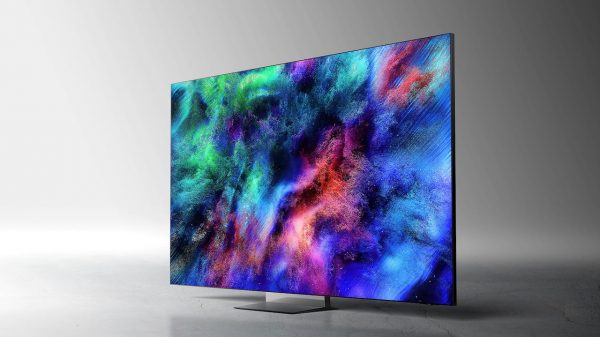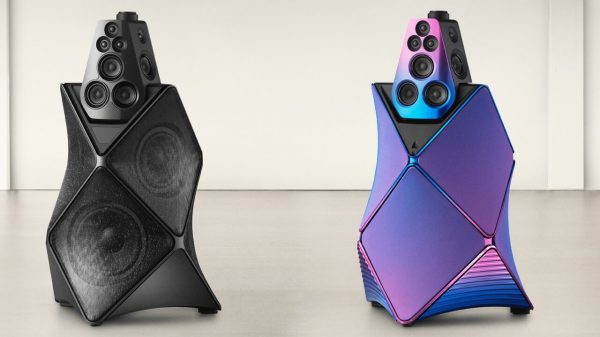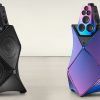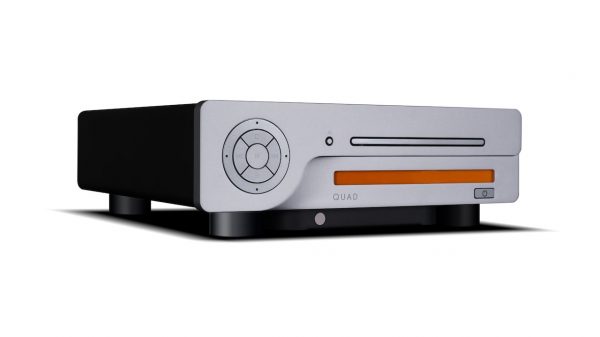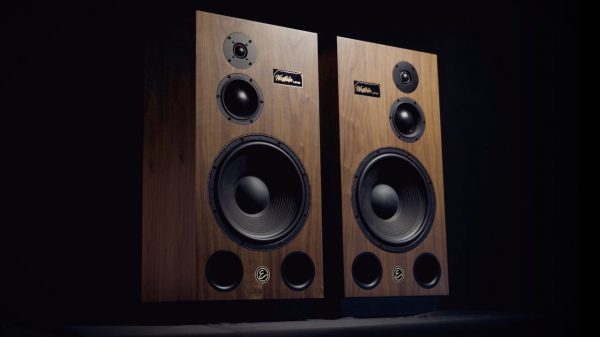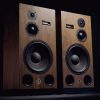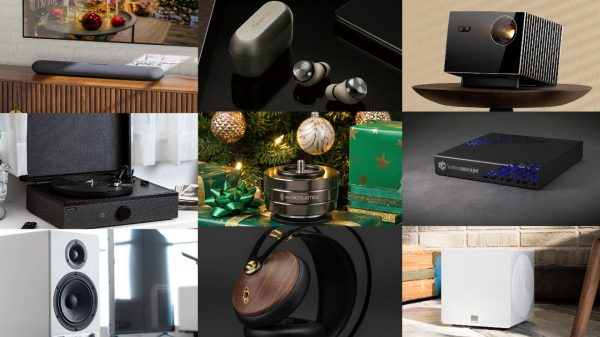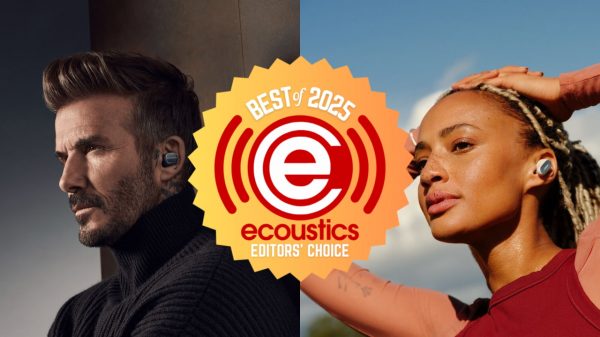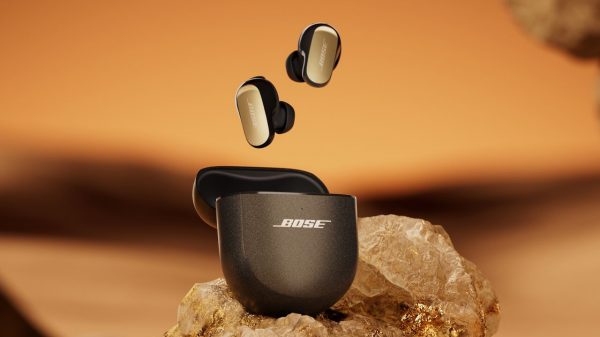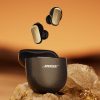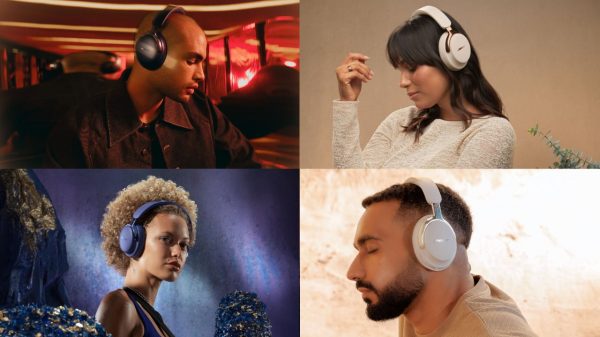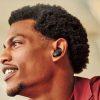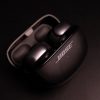Bose just introduced audio sunglasses called Frames. This innovative product combines the protection of sunglasses, the functionality of wireless headphones, and the world’s first audio augmented reality platform. Frames come in two styles called Rondo (rounder and smaller) and Alto (larger). They each take micro-acoustics and voice control to an entirely new level, debuting the future of mobile sound in the tiniest, thinnest, most lightweight Bose system ever. With a proprietary open-ear design, Frames can stream music and information, take and make calls, and access virtual assistants — while keeping playlists, entertainment, and conversations private.

“Bose Frames are both revolutionary and practical,” said Mehul Trivedi, director of Bose Frames. “They look and act like classic sunglasses — until you turn them on. And then you’re connected to your phone, contacts, the web, and all its audible content, just like headphones. There’s nothing else like them — they’re a breakthrough you have to see, wear, and hear to believe.”


Sunglasses
Bose Frames come in two timeless styles — square and angled, or round and slightly smaller. Both block up to 99% of UVA/UVB rays, and feature uniformly tinted lenses and distinct accents — including gold-plated steel hinges and charging pins. They’re scratch and shatter resistant, and weigh a mere 45 grams — standard for the category. Each element is smooth, modern, and minimal. And they are shaped, fit, and feel like the world’s most iconic eyewear.
Wireless Headphones
Bose Frames function like truly wireless headphones — with engineering that crushes the limitations of size-to-performance for personal listening. A miniscule, wafer-thin acoustic package is set seamlessly in each arm’s interior — rather than an earbud, or attached component — to produce discreet, jaw-dropping sound for the user, and no one else. For touch and voice control, an ultra-small microphone and multi-function button are embedded on the right temple for power and pairing, Siri and Google Assistant, calls and commands, or to pause and skip songs. The Bose Connect app provides additional features now, and software updates for new features in the future — like Bose AR.


Audio AR Wearable
Bose Frames are Bose AR compatible — the first commercial product embedded with the Bose audio augmented reality platform. Unlike other augmented reality glasses and platforms, Bose AR doesn’t change what you see, or use a lens or phone camera to superimpose objects in your sightline. Instead, it knows where you are and what you’re facing using a 9-axis head motion sensor and the GPS from your iOS or Android device — and automatically adds a layer of audio, connecting that place and time to endless possibilities for travel, learning, entertainment, gaming, and more. It’s all accessible through the ease of listening — clear-eyed, heads-up, hands-free. Its listening technology seems similar to binaural audio offered on Sennheiser’s AMBEO Headset, but we’ll have to wait until it’s released to find out.
Battery and Storage
Bose Frames use a lithium battery that connects to an included pogo-pin cable for charging. At average listening levels, they run up to 3.5 hours for playback and up to 12 hours on standby, and can be fully recharged in less than two hours. For smudges and storage, they come with a cleaning cloth/bag and protective case.

Price and Availability
Bose Frames come in Matte Black and two universal styles — Alto and Rondo. Both are available in the U.S. beginning in January 2019 for $199 at Bose stores and Bose.com at launch, followed by select resellers; and global markets in Spring 2019. An update on Bose AR, the industry’s first audio augmented reality platform, will be shared at SXSW 2019.
Check price for Bose Frames at Amazon.com.





